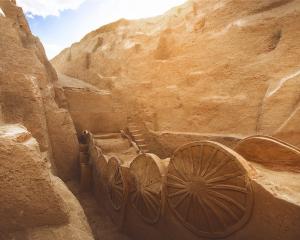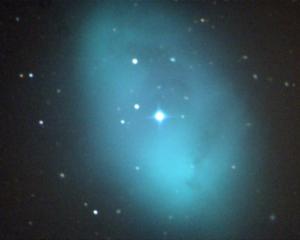

I would like to emphasise the impact of domesticating rice. The process began about 10,000 years ago, in the broad plains flanking the Yangtze River, and it took several thousand years before this marsh grass reached the critical threshold of providing for farmers who lived year in and year out in the same village. This led to rapid population growth, and we can trace the migrations of rice farmers from their Yangtze homeland. Several groups followed the coastline and the rivers into Southeast Asia, founding new settlements from about 2500 BCE. But one migration crossed into Taiwan, and this one had huge ramifications.
From Taiwan, some early farmers sailed south to the Philippines, taking with them their Austronesian language, crops, stone adzes and decorated pots. Their command of navigation and seafaring was outstanding, because all evidence points to a rapid colonisation of Melanesian islands from the Bismarck Archipelago to Samoa between 1600-1000 BCE.
In order to trace the extraordinary colonising voyages across the Pacific to South America by, in Te Rangihīroa’s evocating phrase "The Vikings of the Sunrise", we rely on archaeology, linguistics and the analysis of human DNA. When the first Europeans reached Polynesia, they witnessed great double-hulled ocean-going sailing craft that made possible long inter-island voyaging. The mariners navigated with reference to the stars, ocean currents and the flights of migratory birds.
DNA identifies Samoa as the point of departure for the great eastward voyages that reached the Cook Islands by 830 CE. Two centuries later, they sailed to Tahiti, and by 1140, the southern Marquesas.
Easter Island was settled in about 1210. Some Polynesians reached South America, genes telling us that the closest match is with the Zenú people of northern Colombia. My son Tom and Janet Wilmshurst once excavated natural swamps in Aotearoa, seeking the remains of nuts that had been nibbled by rats, proxies for the arrival of humans.
Radiocarbon dates for the nuts showed that the first double hulled vessels reached these shores by about 1270 CE, a chronology matched by the oral histories that record the generations since the founding ancestors. It was warmer then, and Otago archaeologists have traced kūmara starch residues in a pit at Pūrākaunui. This brings the southern boundary of cultivation to our own region. However, the ‘‘Little Ice Age’’ that set in about 1500 CE halted farming, and southern Māori became hunter-gatherers.
Without rice farming in the Yangtze River plains, Abel Tasman would surely have found these islands uninhabited in 1642. Let’s acknowledge human endeavour in domesticating rice and navigating the Pacific when sitting down to dinner.











